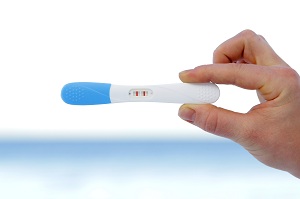Genital mycoplasma is becoming resistant to antibiotics. It is a little known bacterium, responsible for a sexually transmitted infection. They know only a few and rarely cause symptoms, yet only in the United Kingdom affects about 1 person per 100. Moreover, if left untreated, the infection could lead to infertility.
Symptoms of mycoplasma infection are poor and include loss, burning while urinating, pain during sexual intercourse. If left untreated, the infection causes infertility and premature births. The bacterium has been known for some decades, but only recently have they discovered that it is sexually transmissible. Also for this reason, it is usually not included among routine checks for sexually transmitted diseases.
The bacterium is treatable with antibiotics, but it is mutating. As the infection increases, it is becoming increasingly difficult to treat and resistant to antibiotics. To avert the danger, Australian researchers are developing a test that identifies the mutated version of the bacterium. Nevertheless, there remains a certain tension in the environment.
Dr. Burbidge cautions that you should take the test every time you have risky sexual behavior. Symptoms of rare occur and, when it happens, it may be too late.
Source: independent.co.uk
Add a comment





